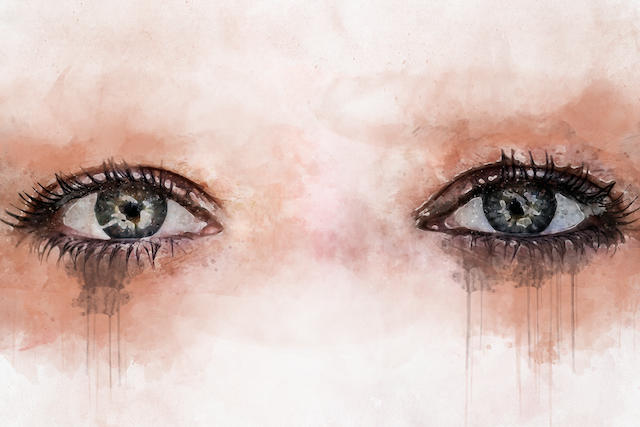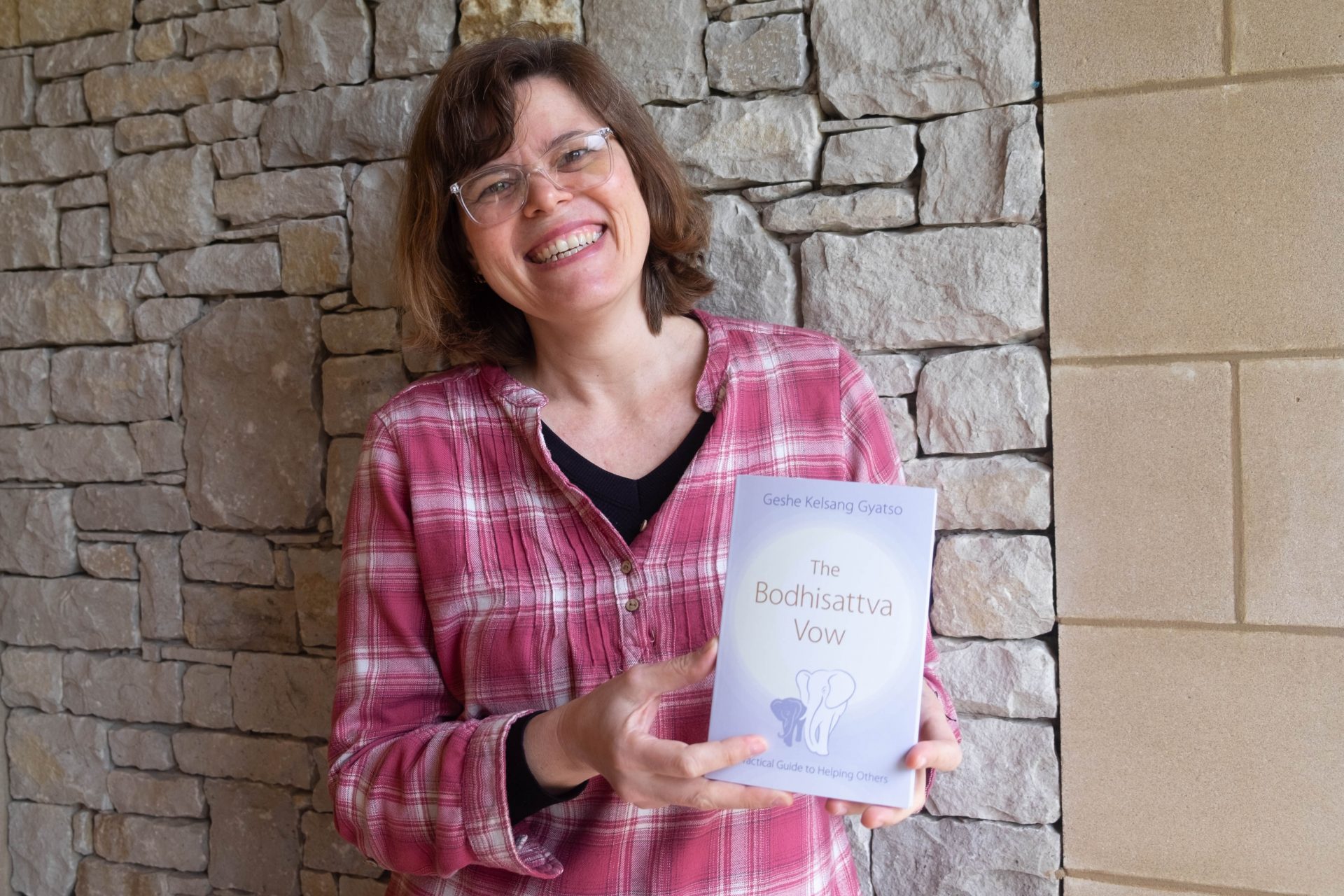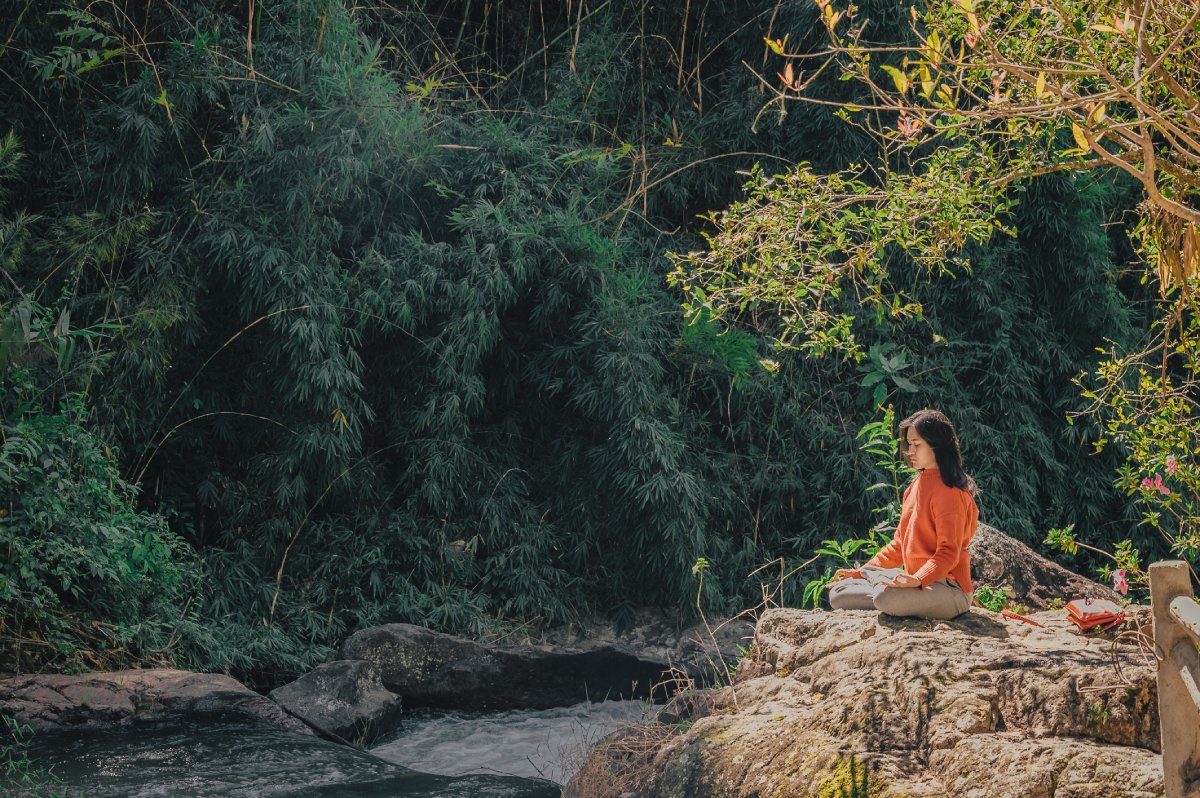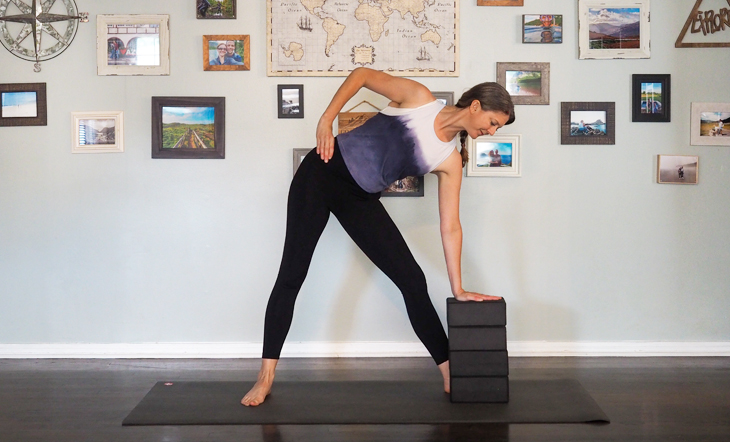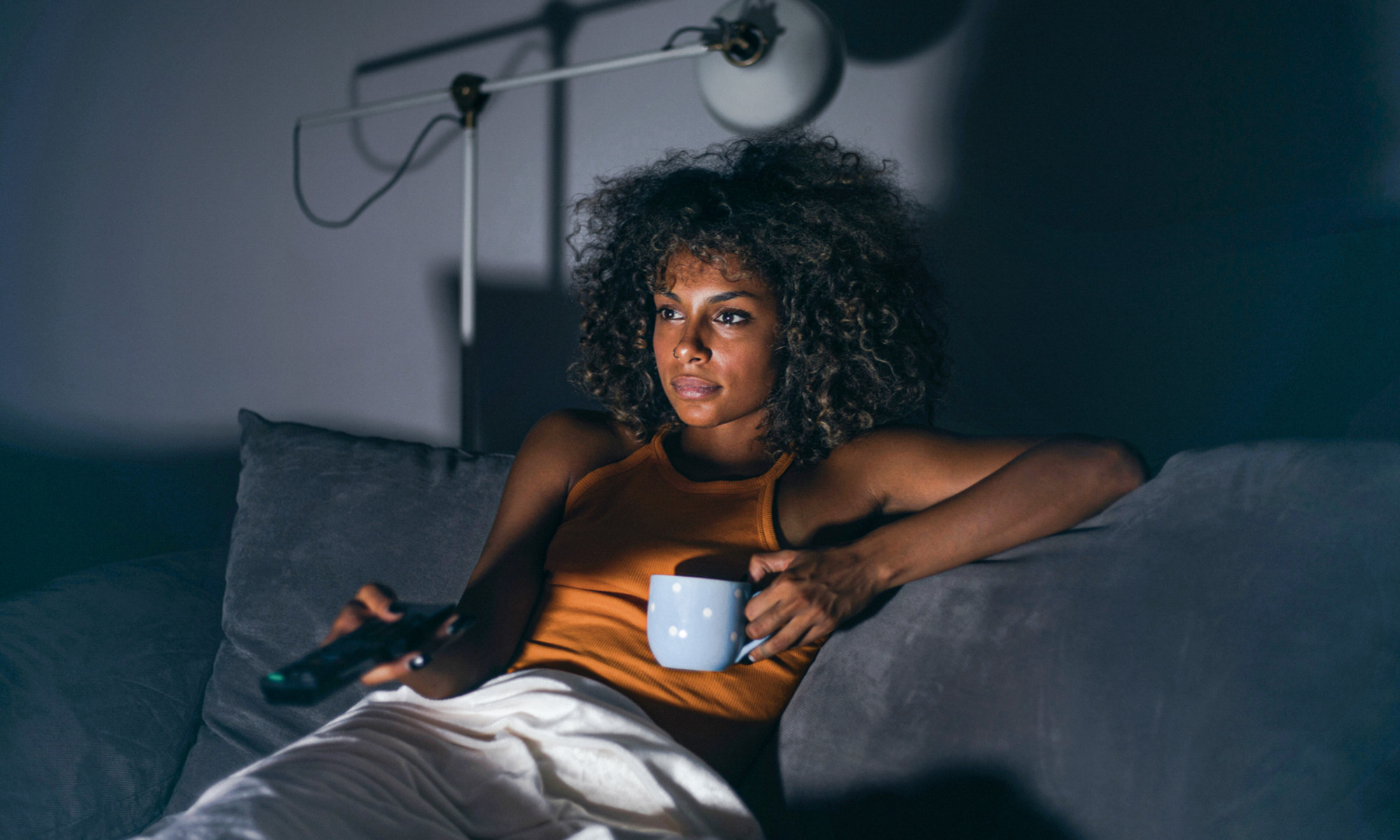Yoga poses for kids: Simple but Important.
Yoga is such a heritage of India, which has been helping people in giving healthy life to people since ancient […]

Yoga is such a heritage of India, which has been helping people in giving healthy life to people since ancient times. The benefits of yoga, which have made their mark at the international level, are not limited to adults only. Children can also reap the benefits of yoga by practicing yoga daily. In this article of theshivyoga, we have brought complete information related to yoga poses for kids. Along with the benefits to children from doing yoga and the initial tips related to it, here we are telling about the precautions to be taken before doing yoga. Let us start the article without delay.
Beginners Tips of Yoga For kids.
Practicing yoga helps you stay healthy and calm. Here are some beginner tips of yoga for kids that you should keep in mind.
The best time to practice yoga is in the early hours of the morning when the atmosphere is fresh and peaceful. It is best to rehearse on a vacant stomach. Make a difference of 2-3 hours after your meal before you start practicing yoga. Before doing yoga make sure you wear comfortable clothes which helps you to stretch in different rugs. Try to do yoga asanas slowly, do not exceed your capacity at once.What Are the Benefits of Yoga for kids?
Improving Balance And Co-ordination Strengthens The Body-Mind Connection Boosting Confidence Focus And Concentration Development Enhancing Physical Flexibility Makes them CreativeYoga is beneficial for kids in many ways. Let’s know its benefits in detail.
1.Improving Balance And Co-ordination
Yoga is very beneficial for kids physically and mentally. It is basically focused on developing balance skills and creating a peaceful environment through meditation.
By practicing these asanas, kids learn to improve their physical balance which gives them a feeling of accomplishment.
Yoga poses help kids to gain mental clarity, stability. Balancing learning is a key element of yoga. Coordination is tied to balance, and if children learn to balance, they can also improve coordination.
2.Strengthens The Body-Mind Connection.
Children’s yoga pose helps them to calm the mental feeling and exercise the physical body. Simple yoga poses for kids connects the mind and body.
3.Boosting Confidence.
When a child learns to master one of the yoga poses, it increases the confidence and self-esteem of the child.
The benefits of yoga include gaining perseverance for children, instilling compassion and patience in children so that they can work towards their goals and accomplish them.
4.Focus And Concentration Development.
Practicing yoga not only works the muscles but also calms the mind. By which children are able to concentrate their mind more on anything.
5.Enhancing Physical Flexibility.
Yoga poses for kids help in working on various muscles of the body of children. It stretches and strengthens various organs of the body which increases the overall body flexibility.
6.Makes them Creative.
Children who practice yoga regularly will be able to imagine better and can be highly creative. Since yoga clears the mind, a child will be able to broaden his imagination and come out with great creative skills.
Easy Yoga Poses for Kids
1.Prayanam
Pranayama is breathing-related yoga. In this, the action of exhaling and breathing is completed Pranayama is also called yogic breathing. It involves breathing as well as the exercise of the heart and nervous system. This brings emotional stability and peace of mind. Although there are many types of pranayama, here we are showing the simplest way of doing the pranayama.
Method of doing pranayama
First of all, place a mat or the other cloth in a clean place to sit down. Now bend both knees (in Padmasana, Sukhasana or Vajrasana). Then put both your hands above the knees. During this time, the spine should be straight. Now close your eyes and concentrate on the mind. As you get concentrated, take light long, deep breaths. During this time, do not open the mouth at all. Then release the breath slowly. While releasing the breath, pull the stomach inward. Now keep repeating this action. Do this for about 5 to 10 minutes or at your convenience.Also Read ⬇️⬇️
2. Balasana
Balasana is also one of the postures that soothe the mind. It is also called child pose in English. This asana can benefit the body as well as improve brain health by reducing stress. May help promote positive thoughts, which can reduce anxiety and stress.
Method of Balasana:
Place a mat in a quiet place. Now sit in Vajrasana. Note that the spine must be straight. After sitting well, take a deep breath and lift both hands directly up towards the sky. Now, while exhaling, tilt the body forward. After bending the body, try to touch the floor with the forehead and touch the ground with your hands. The elbows should touch the ground. During this time keep the eyes closed and keep breathing at normal speed. Then stay in this posture for some time. After this, get up while breathing and do it again after resting for a couple of seconds. You can do this 3 to 5 times.Also Read ⬇️⬇️
Balasana (Child’s Pose) Benefits
3.Tadasana
Tadasana is named Mountain Pose and palm Posture in English. In this, the child is shaped sort of a mountain and a tree. This stretches the muscles of the entire body. It can help in maintaining the complete fitness of children. It is also said that this yoga poses for kids can be helpful in improving the length. Also, Tadasana can play an important role in improving concentration.
Method of doing Tadasana
Lay the mat first in a flat and clean place. Now stand straight with both legs folded. Then, fold the fingers of both hands into one another and stretch the arms upwards. During this time, the palms should be towards the sky. Now while a breath, lift the ankles up and stand on the feet. Stay during this posture for about 5 to 10 seconds and keep your breath at normal speed. Then return to the initial state4. Vriksasana (Tree Pose)
This asana is also called vriksasana. In English, it is known as Tree-Pose. In this yoga body, the body has to be held on one leg and the shape of the body looks like a tree. This yoga asana can concentrate the mind. It is believed that doing Vasantasana can also relieve anxiety and stress. Waist and back pain can also be reduced with this Yogasan. Not only this, it can also help in making the spine flexible.
How to do Vriksasana
Stand upright by laying yoga mats or thick cloth on a flat area. Now join the two legs together. Then, keeping the body balanced, keep the soles inward on the right thigh while bending the left knee. After this, raise both hands upwards towards the sky and make a posture of Namaskar. Stay in this posture for as long as possible. May cause the balance of the body to deteriorate and your feet will hit the ground. If this happens, try to come back to the posture by creating a balance of the body. After remaining in this state for a few seconds, come back to the initial state. Then repeat this process with the other leg. This yoga asana can be done two to three times.5. Sukhasana
Sukhasana is also beneficial yoga poses for kids. also known as Easy posture in English. It can make children mentally and physically fit(1). It is said to be good for heart rate and blood pressure. In addition, it can also reduce stress.
First of all, spread a yoga mat. Keep the back straight after sitting. Now keep the hands above the knees. Then close your eyes and breathe normally. If possible, do not think anything and keep your mind focused. Stay in this posture for 15 to 20 minutes.6. Bhujangasana (Cobra Pose) .
Bhujangasana is also known as Cobra pose in English. This affects the spinal column in a positive way and can make it flexible. It is said that it can help reduce easy stress. This keeps both the body and the mind relaxed. It can also help to increase immunity.
Method of doing Bhujangasana
To do Bhujangasana on a flat area, first spread the mats. After laying the mat, lie flat on it directly on the stomach. The whole body should be taut even while lying down. Then, with the palms facing the ground, close the floor near the shoulder. Now while breathing, raise the head as upward as possible and look towards the sky. In this posture, the upper part of the body is raised to the navel. Do not force yourself with the body. Stay in this posture for as long as you can lift the body and for as long as you can. Also, keep breathing normally. Now return to the starting posture while exhaling. After resting for a few seconds, do this Yogasana again. This can be done two to three times.7. Virabhadrasana.
The English name of Virabhadrasana is also Warrior Pose. In this Yogasana, the body is shaped like a brave warrior. May reduce lower back and neck pain. May also increase flexibility in the joints of the knees and hip and reduce the stiffness of the neck and shoulders. To complete one cycle of this Yogasan one has to do three poses. Below we are telling about all the poses of Virabhadrasana.
Method of performing Virabhadrasana-1:
First of all, place the mats on flat ground. Now stand upright on it, that is, make a mountain pose. Then spread both your legs about two feet. After doing this, rotate your torso slightly to the left i.e. rotate 90 degrees. Now bend your left knee forward. During this time keep your soles close to the ground. Then move both arms directly upwards. Make sure that the back is straight. Now make a salutation posture with both hands. After remaining in this posture for a few seconds, repeat it with the other leg.8.Trikonasana
Trikonasana is also called Triangle Pose. It is known to tone the trunk (the middle part of the human body), the muscles of the legs and hips, and improve the flexibility of the spine. This yogasana can help in physical fitness as well as the absorption of nutrients in the body. This yoga is done to relieve tension and neck and back pain as well (11).
Method of doing Trikonasana:
Place a mat or any other cloth on a flat surface. Stand upright on it and spread the legs for 2-3 feet. Then take the left foot out 90 degrees and rotate the right foot 45 degrees inward. After this, spread the arms in the armpits and raise them up to the shoulder level. Now bend from the waist to the right. During this time, the body is not to bend forward. After this, place the right hand on the right foot. If possible, place the palm on the yoga mat. Then move the left hand slowly upwards During this time the neck will be bent. Make sure that the fingers of the left hand are visible, ie the position of the neck should be such that the hands and fingers are lifted upwards. Remain in this posture for a few moments and breathe at normal speed. When tired, take a breath and rise upwards, and come to the initial state. Then do this process from the other side as well. This asana can be done three to five times.Kids Should Take These Precautions Before Doing Yoga
Children may start doing yoga as early as 6 years of age for physical and mental health but under parental supervision. Doing yoga for children is safe and beneficial only when certain things are taken care of. Below are the things he knows:
If the child is doing Tadasana and during this time his body starts getting pain due to stretching, then the child should not do asana. After a complete recovery, you can do yoga asana. Children should not do Setu Bandhasana, Ustrasana, and Trigonasana when they have insomnia, migraine, or headache problems. If a child has a problem with dizziness, then they should avoid doing Setu Bandhasana and other Jatil asanas. Children with knee, joint, and ankle pain problems should avoid doing Setu Bandhasana and Bhujangasana. In Bhujangasana, the body has to be lifted, then in this posture, the body should be lifted as easily as it can be lifted. Excessive stress can cause muscle pain. If a child has a problem like a hernia and an ulcer, then Dhanurasana and Bhujangasana should be avoided. Children suffering from neck problems should not do trikonasana. Children with heart problems should not do Dhanurasana. Ustrasana should also be avoided in any kind of pain. Do not do it if you have back pain while doing Natarajasana. While doing Natarajasana, pain in the knees and shoulders, even if you stop doing it.In conclusion, introducing yoga poses for kids offers a multitude of benefits, fostering physical strength, mental focus, and emotional well-being in a fun and engaging manner. By incorporating yoga into their routine, children can develop lifelong habits that promote holistic health and happiness. If you want to learn more about yoga, visit our YouTube channel.

 Koichiko
Koichiko 









